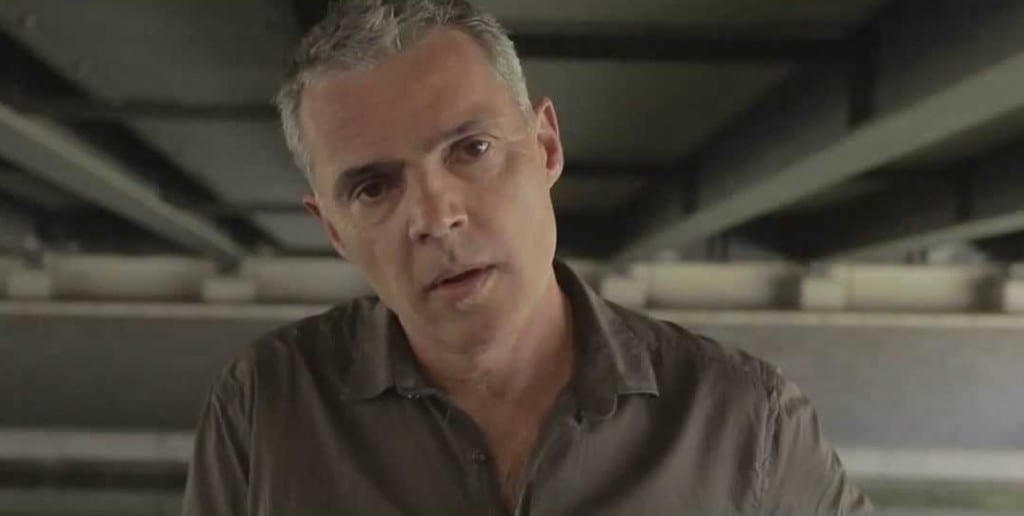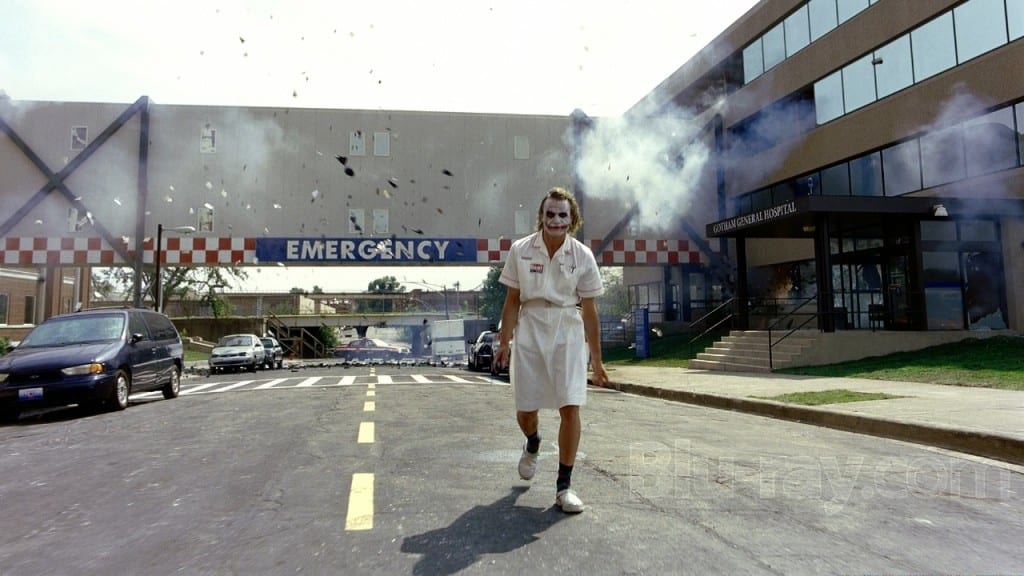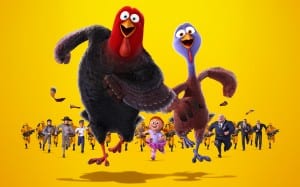The art of the horror film is a complex one, to say the least. What is it that really gets viewers terrified?
Personally, I am a great fan of horror fiction. I just can’t get enough; from the literary genius of Stephen King to the directing prowess of John Carpenter. But as much as I love a good scary flick, I just find books of the same genre so much scarier.
At Inside Film we strive to give you the very best in behind-the-scenes knowledge on everything film. I sat down with horror aficionado and author Peter Jukes to chat about what makes fear in both of these mediums, and how the great horror novel compares to and influences the film counterpart.

Image via: unbound.com
Josh: Hi Peter, good to speak with you. I’m going to give you a few statements, let me know what your opinions are on them.
Peter: Sure.
Josh: Modern forms of horror adhere more to the anxieties of modern life than the more classic ‘monster horror’.
Peter: There was a time, from the mid 70s to the 90s, when modern forms of horror did address the anxieties of modern life. Whether it was a viral selfish replicator ‘thing’ in the Antarctic Ice, or zombies in the local shopping mall, or reincarnation and telepathy in a remote mountain hotel, the classic movies of the independent era spoke to our understanding of a godless universe, or the hollowness of consumerism and the unpredictability of human motivation. Now, however, I think the genres have become exploitative, nostalgic, and lack innovation. Another remake of Cabin in the Woods addresses our previous knowledge of cinema, not real life. Apart from DC and Marvel comic books, Zombies and Vampires dominate Hollywood in its infantile regression to stereotypes. But at least Zombies and Vampires have some real inner life compared with Iron Man and Superman.
Josh: Horror novels convey a greater feeling of fear by pulling readers in far more than a film can. They are more immersive, and the reader can really become more invested into the story, and therefore the horror.
Peter: There’s little doubt that the best horror is invisible, and composed in the mind’s eye. Val Lewton, master of the 40s Cat People and early Voodou movies, understood that it is what you expect, the psychology of what Freud described as the ‘uncanny’ is much more powerful than any overt graphic content. Lewton‘s movies are full of threat. The realisation of violence is always much less scary than the possibility of it. Hitchcock exploited the ‘fear of fear itself’ in movies such as Vertigo and Psycho. The violence was never seen, but implied in the montage of shots, the blood flowing down the shower sinkhole (in black and white). One of the best monsters ever created in the last fifty years, Ridley Scott‘s alien was never seen whole, only in implied fragments. The power of obscenity lies in it being off-scene. As soon as horror is filmed, exposed, and visible, it loses its power, and often becomes laughable.
Josh: Thanks for that.
Peter: No problem.
Josh: Just a few more questions. In the news media today, topics that have far more of a shock factor than 50 years ago. It is my own opinion that horror films therefore have to increase their own shock factors and fear in order to become scarier than what people see everyday. Does this apply to horror novels?
Peter: The media has certainly become more graphic in its depiction of war, famine and catastrophe. Dead bodies are shown more often, and there’s an imperative to show the reality of violence as a moral corrective to complacency. But by any standards this increasingly graphic depiction of violence in the media has been accompanied by a rapid fall in violence in our everyday lives, from street robberies to armed conflict abroad. We live, as Stephen Pinker has shown in his book The Better Angels of our Nature, in a time of unprecedented peace and personal safety. As a result, compared to the gratuitous violence of the 70s and 80s, I notice that most movies now explore the psychological and personal consequences of violence, much more than the physical effects. The TV Batman of my youth was always punching and killing people. The Batman Begins trilogy by Christopher Nolan explored personal trauma, and our attitudes to combating violence. Horror novels deal with the same debate. They explore the psychology of victimhood or sadism – not just the physical impact of torture or abuse. In short, violence has become a metaphor for a loss of trust, or (sometimes) the sexual complicity in subordination and domination. In essence, it’s moved on to a complex debate about the parameters of personal desire and responsibility.
Josh: With the shock and gore tactics of a lot of modern ‘torture porn’ films that are so popular now, there are an abundance of horror experiences that are quicker, more convenient and some would say easier to access and digest. As a huge reader and fan of horror novels, I would say there is nothing better than getting into a good book. What is your opinion on this?
Peter: As I’ve written in the New Statesman on a Short History of Violence (some 20 years ago) the ability to conjure up technical effects of shock and horror is a classic virtuouso performance from every artist from Sophocles and Virgil to Caravaggio and Shakespeare. But what we are in danger of losing in our technical appreciations of the spectacle of fear is the inner dimension of tragedy. A horror story causes us to disengage from the hero or heroine at the moment of personal exposure. Tragedy does the reverse. Rather than shaking us out of the fiction with shock and horror, tragedy causes us to both be inside and outside the fiction with the cathartic emotions of pity and terror: pity at the hero’s predicament and lack and self insight: terror at the impending doom we can see will ensue. Tragedy makes us enter the hero subjectively but see his or her fate objectively. Horror does the reverse: we become objective about the pathology of their flesh, and subjective about their fate.
Josh: Thank you Peter, that was all fantastic and really insightful.
Peter: No worries Josh, great talking with you.
So, do the great horror novels have an influence on the best scary films? Give us a comment below, or chat to us on our Twitter page.







